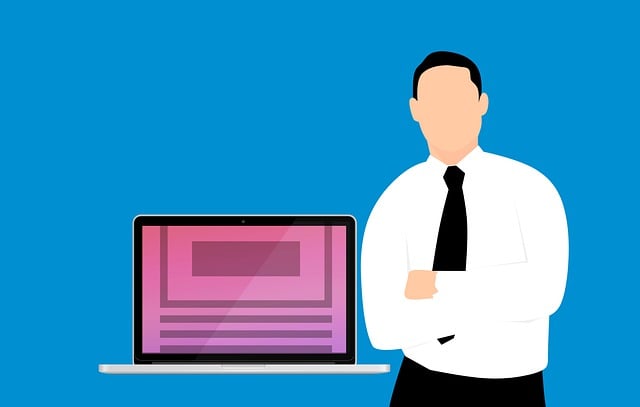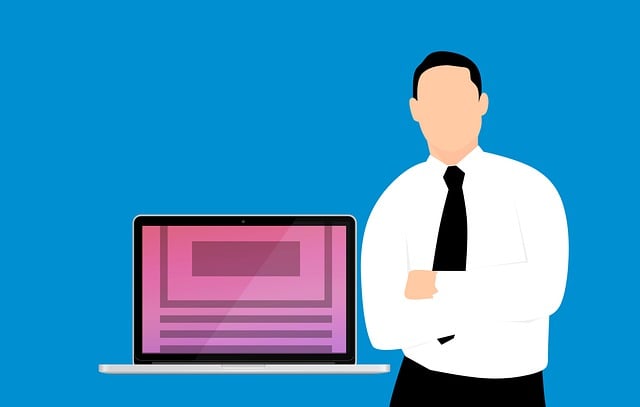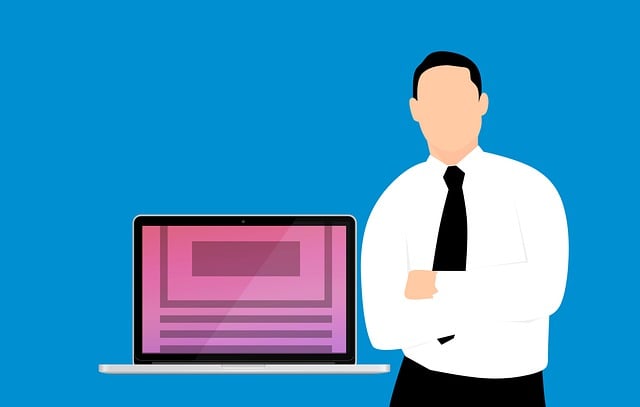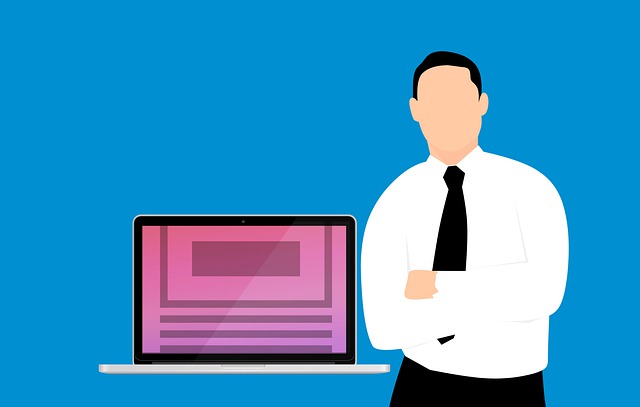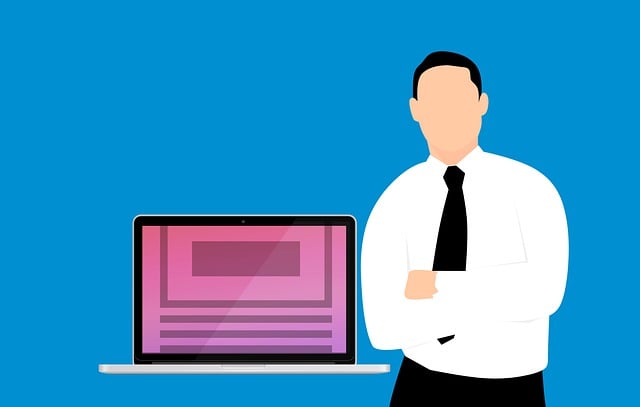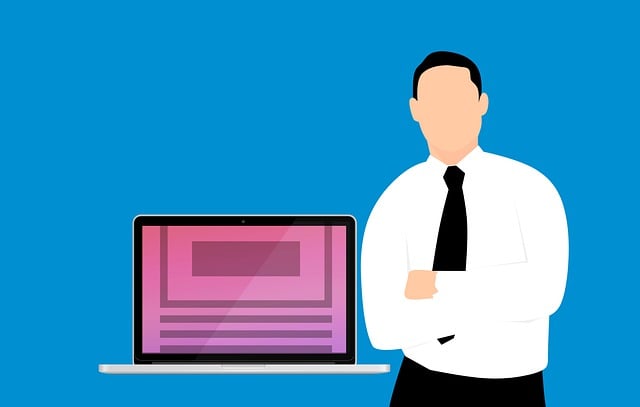Have you ever wondered why some emails grab your attention immediately, while others end up in your spam folder? It’s no coincidence. The power of effective email copywriting lies in its ability to connect with the reader on a deep emotional level. And when it comes to B2B and B2C emails, understanding the differences in your target audience is crucial.
In this article, we’ll explore the captivating world of email copywriting and delve into the strategies that work best for B2B and B2C audiences. From crafting compelling subject lines that ignite curiosity to personalizing and customizing your messages for maximum impact, we’ll show you how to create emails that not only capture attention but also build credibility and trust.
But it doesn’t stop there. We’ll also dive into call-to-action strategies that drive conversions and explore how to analyze and optimize email performance to continuously improve your results. So, whether you’re a seasoned marketer or just starting out, get ready to unlock the secrets to crafting irresistible emails that leave a lasting impression on your audience.
Key Takeaways
- Effective email copywriting connects with the reader on an emotional level and builds credibility and trust.
- Understanding the target audience is crucial, including conducting a competitive analysis and identifying buyer personas.
- Crafting compelling subject lines is important to grab attention, ignite curiosity, and increase open rates.
- Personalization and customization enhance the impact of email copy, create a deeper connection with recipients, and increase engagement.
Understanding the Target Audience
Now, let’s dive into understanding your target audience and how you can connect with them on a personal level.
To effectively communicate with your audience, it’s crucial to develop buyer personas and conduct a competitive analysis.
Buyer personas help you identify the specific characteristics, needs, and pain points of your target audience. This knowledge allows you to tailor your email copy to resonate with them, increasing the chances of conversion.
Additionally, conducting a competitive analysis helps you understand how your competitors are engaging with the same audience and allows you to differentiate yourself. By knowing your target audience inside out and staying ahead of the competition, you can craft email copy that grabs attention, sparks interest, and drives action.
So, let’s move on to crafting compelling subject lines that’ll make your emails impossible to ignore.
Crafting Compelling Subject Lines
Craft irresistible subject lines by employing persuasive techniques that captivate your audience and entice them to open your emails. To create emotion-driven messaging, use words that evoke curiosity, urgency, or excitement. A/B testing is an effective way to determine which subject lines resonate best with your audience. By testing different variations, you can identify the most compelling subject lines that drive higher open rates. Experiment with different lengths, personalization, and tone to see what works best for your B2B or B2C audience.
Once you’ve mastered crafting subject lines, it’s time to focus on personalization and customization to further enhance your email copy. Tailoring your message to each individual recipient will create a deeper connection and increase the likelihood of engagement.
Personalization and Customization
When you tailor your email messages to each individual recipient, it’s like adding a personal touch that makes your audience feel like they’re receiving a handwritten letter just for them.
Personalization and customization are key strategies that can greatly impact the success of your email marketing campaigns.
Here are three reasons why you should incorporate these techniques into your B2B or B2C email copywriting:
-
Segmentation and targeting: By segmenting your email list and targeting specific groups of recipients, you can deliver content that is relevant and valuable to their specific needs and interests.
-
A/B testing and experimentation: Personalization allows you to test different variations of your email copy and subject lines, helping you identify what resonates best with your audience and improve your overall email performance.
-
Increased engagement and conversions: Personalized emails have been shown to have higher open and click-through rates, leading to increased engagement and conversions.
By personalizing your email messages and leveraging A/B testing, you can build credibility and trust with your audience.
Building Credibility and Trust
To establish credibility and trust with your audience, create email messages that are personalized and tailored to their individual needs and interests. Building relationships is crucial in both B2B and B2C email copywriting strategies.
By understanding your audience’s pain points and challenges, you can position yourself as an expert who can provide solutions. Share relevant case studies, testimonials, and success stories to showcase your expertise and build trust. Use a conversational tone and provide valuable content that addresses your audience’s concerns. Incorporate statistics and data to demonstrate your knowledge and credibility.
Show that you understand their industry and offer insights that can help them achieve their goals. By building credibility and trust, you can effectively transition into the next section about call-to-action strategies, where you can encourage your audience to take the next step in their journey.
Call-to-Action Strategies
Implementing effective call-to-action strategies is like adding the cherry on top of a delicious email, enticing your audience to take the next step and engage with your brand. To evoke emotion in your audience and encourage action, consider incorporating the following techniques:
- Appeal to your audience’s emotions by using powerful language that resonates with their desires and pain points.
- Create a sense of urgency by using time-limited offers, limited availability, or exclusive deals.
- Use persuasive visuals, such as compelling images or videos, to capture your audience’s attention and drive them towards action.
- Personalize your call-to-action by addressing your audience directly and making them feel valued and important.
By implementing these emotional appeals and urgency techniques, you can increase the chances of your audience taking action and converting into customers.
Now, let’s transition into the next section where we will analyze and optimize the performance of your email campaigns.
Analyzing and Optimizing Performance
Now that we’ve discussed the importance of effective call-to-action strategies in email copywriting, let’s dive into the next step: analyzing and optimizing performance.
To truly understand how well your B2B or B2C emails are performing, tracking analytics is crucial. By measuring open rates, click-through rates, and conversion rates, you can gain valuable insights into what works and what doesn’t.
But don’t stop there! To continuously improve your email campaigns, utilize A/B testing techniques. Test different subject lines, content variations, or even sender names to see which resonates best with your audience.
By carefully analyzing the data and experimenting with different elements, you can optimize your email copywriting strategies to drive better results and ultimately achieve your marketing goals.
Frequently Asked Questions
How can we ensure that our email copywriting strategy effectively targets both B2B and B2C audiences?
To effectively target both B2B and B2C audiences with your email copywriting strategy, you need to employ smart targeting strategies and adapt your writing techniques.
Start by understanding the unique needs, pain points, and goals of each audience. Craft personalized messages that speak directly to their interests and challenges.
Use persuasive language, compelling subject lines, and clear calls to action. Tailor the tone and style of your emails to resonate with each audience, creating engaging content that drives results.
What are the best practices for incorporating storytelling into email subject lines for maximum engagement?
Crafting compelling narratives in email subject lines is essential for maximum engagement. To evoke an emotional appeal, consider using storytelling techniques.
For example, imagine a subject line that reads, "Unleash Your Inner Explorer: Discover the Secrets of Success." This metaphor of exploration taps into the audience’s desire for adventure and growth.
By incorporating storytelling elements into subject lines, you can captivate readers, pique their curiosity, and entice them to open your emails.
How can we personalize email content without sacrificing the professionalism required in B2B communications?
To build rapport and personalize email content in B2B communications, use specific personalization techniques.
- Address recipients by their names and reference their company or industry to show you’ve done your research.
- Tailor the content to their specific needs and challenges, offering valuable insights or solutions.
- Use a conversational tone to establish a connection, but maintain professionalism by focusing on the recipient’s professional interests.
This personal touch will make your emails stand out and engage B2B recipients.
What are some effective ways to build credibility and trust in B2C email campaigns, where trust may be harder to establish?
Building trust in B2C email campaigns can be challenging, but there are effective strategies to establish credibility.
Utilize social proof by showcasing positive customer experiences and testimonials. Highlight authentic testimonials from satisfied customers to build trust and demonstrate the value of your products or services.
By incorporating these elements into your email campaigns, you can create a persuasive and engaging message that instills confidence and credibility in your B2C audience.
Are there any specific call-to-action strategies that work particularly well in B2B email campaigns, considering the longer sales cycles and complex decision-making processes involved?
When it comes to B2B call to action strategies, you need to navigate the tricky waters of longer sales cycles and complex decision-making processes.
To make an impact, focus on the value your product or service brings to the table. Emphasize the specific benefits and solutions you offer, and provide compelling evidence like case studies or testimonials.
Use clear, concise language and a sense of urgency to prompt action. Remember, in B2B, it’s all about showing how you can make a difference in their decision-making processes.
Conclusion
Congratulations! You’ve reached the end of this captivating comparison on email copywriting strategies for B2B and B2C audiences.
By understanding your target audience, crafting compelling subject lines, personalizing and customizing your emails, building credibility and trust, and using effective call-to-action strategies, you can optimize your email performance.
So, start implementing these strategies and watch your email engagement skyrocket. Remember, practice makes perfect, so keep refining your skills and soon you’ll be a master of email copywriting magic!

